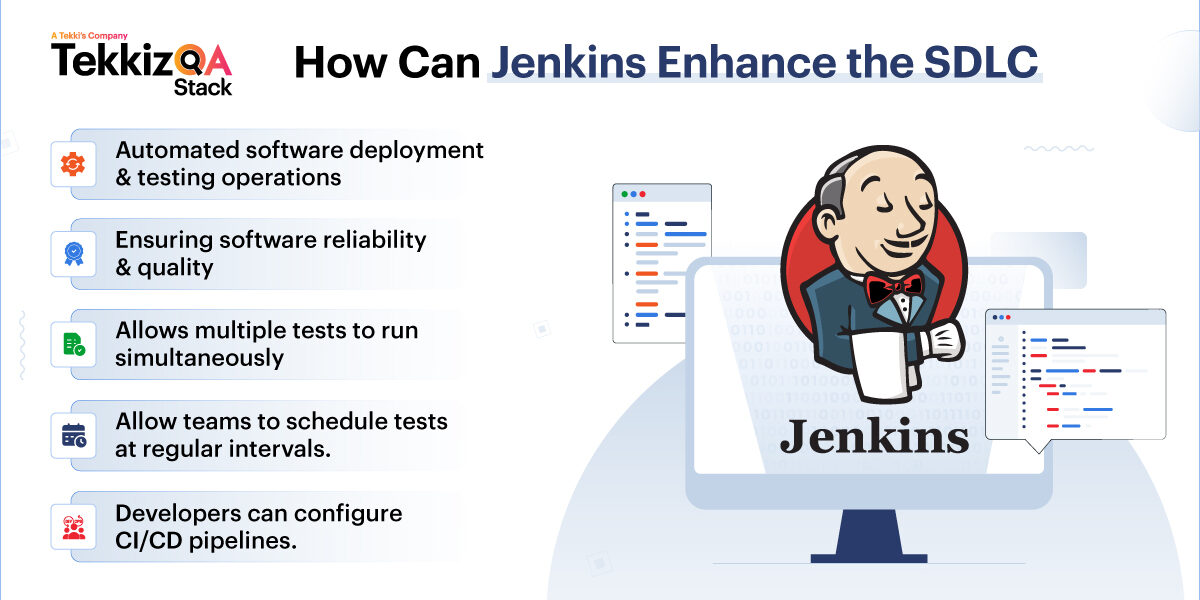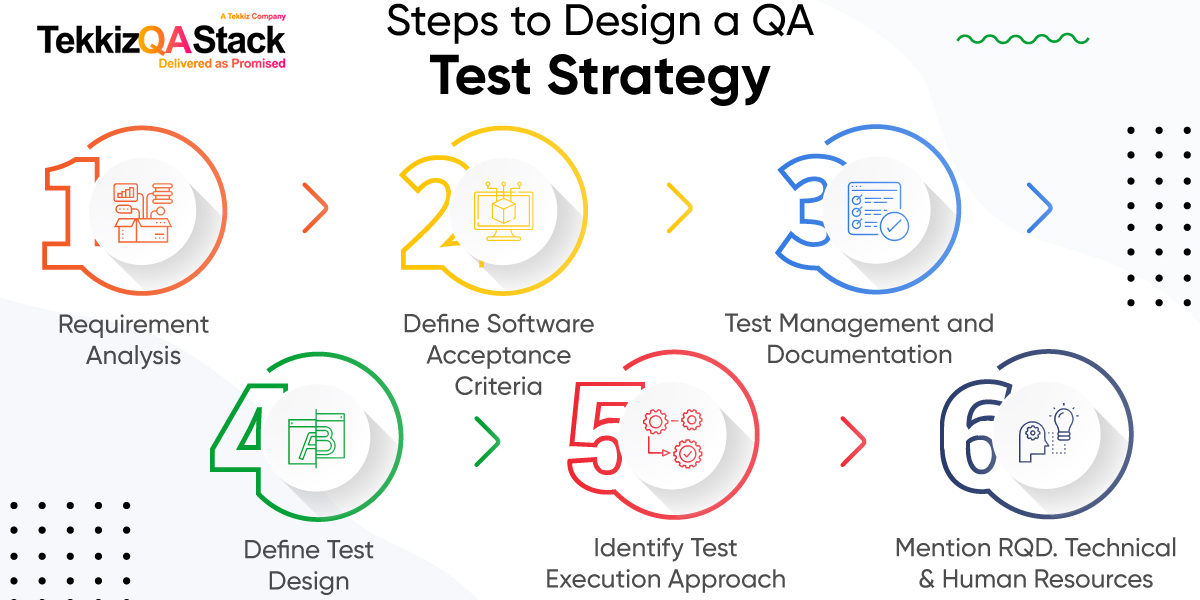What is Regression Testing?
In the case of the Regression testing, the unchanged parts of the software are tested again and again.
Key features of a Regression Testing:
- Different from all other techniques
- Different approaches for different reasons
- Functionality Revision
- Bug fixes
Common to do of Regression Testing:
- New bug fix: To ensure the found error or bug is fixed or not.
- Old bug fix: To avoid the emerging of bugs again and again.
- Side-effects: To check-out, the new bug is not damaging the functionality of old fixes.
Types of Regression Testing:
- Corrective Regression Testing: In corrective regression testing, no changes are performed instead of it, the existing code is reused to get the desired results.
- Selective Regression Testing: This technique is opposite to the corrective regression testing, new code is introduced to the existing one to determine the effects of it.
- Progressive Regression Testing: When the testing code is working effectively even when the new code is introduced to the existing code, means to check the successful implementation of the code.
- Complete Regression Testing: This is used when there are multiple changes in the existing code, to ensure the effective working of the root code of the software.
How much important Regression Testing is?
Regression testing is different from all other types of testing. This technique is very important when small changes are done in the minor areas of the code without affecting the existing functionality of the software.
When Regression Testing is useful?
Regression Testing can be done at any level of the software. You can change any piece of code without interrupting the rest of the code.
Steps to perform in Regression Testing:
Before performing the Regression Testing, it is mandatory to determine the need for this technique.
Allocation of time:- It is necessary to cope with the excessive time allocation problem. It can be achieved with Automation Testing.
Identification of Error:- Sometimes, the product contains the error even after the testing process. That’s why the determination of the errors and bugs is important for the removal at the right time.
Bugs Fixation:- The eradication of the bugs is considered as the primary function of Regression Testing. Once the bug is identified, it can be removed with proper testing.
Test Strategy Creation:- For the successful testing results, an effective coding structure is required.
Reasons to perform Regression Testing:-
- To fix a bug
- dynamic environment
- integration testing
Benefits of Regression Testing:
- Improves the quality of a software
- For Regression check, Automation Principle can be applied
- Early Detection of Issues
- Modifications do not affect the entire source code
- To make it more useful can be used with the integration testing.
Regression Testing Optimization:-
The use of Kanban and DevOps is the best approach to optimize the regression testing.
Kanban Approach:- It is best to have the Kanban Approach as it helps to track the changes, progress, and improvements. It is an ideal way for every team member to identify the right workload and to work accordingly. One of the key features of the Kanban Approach is that it states the time required for the whole procedure.
DevOps Approach:- It is a completely automated approach that includes continuous integration, delivery, and deployment. Testors follow the procedure of automated testing. To enhance the speed of the testing, it reduces the regression testing related problems.
Conclusion: Regression Testing is one of the unique and different methods among all the other types of testing methods. It is also considered as the best because of the feature that minor changes can be done without changing the entire code of the software.




